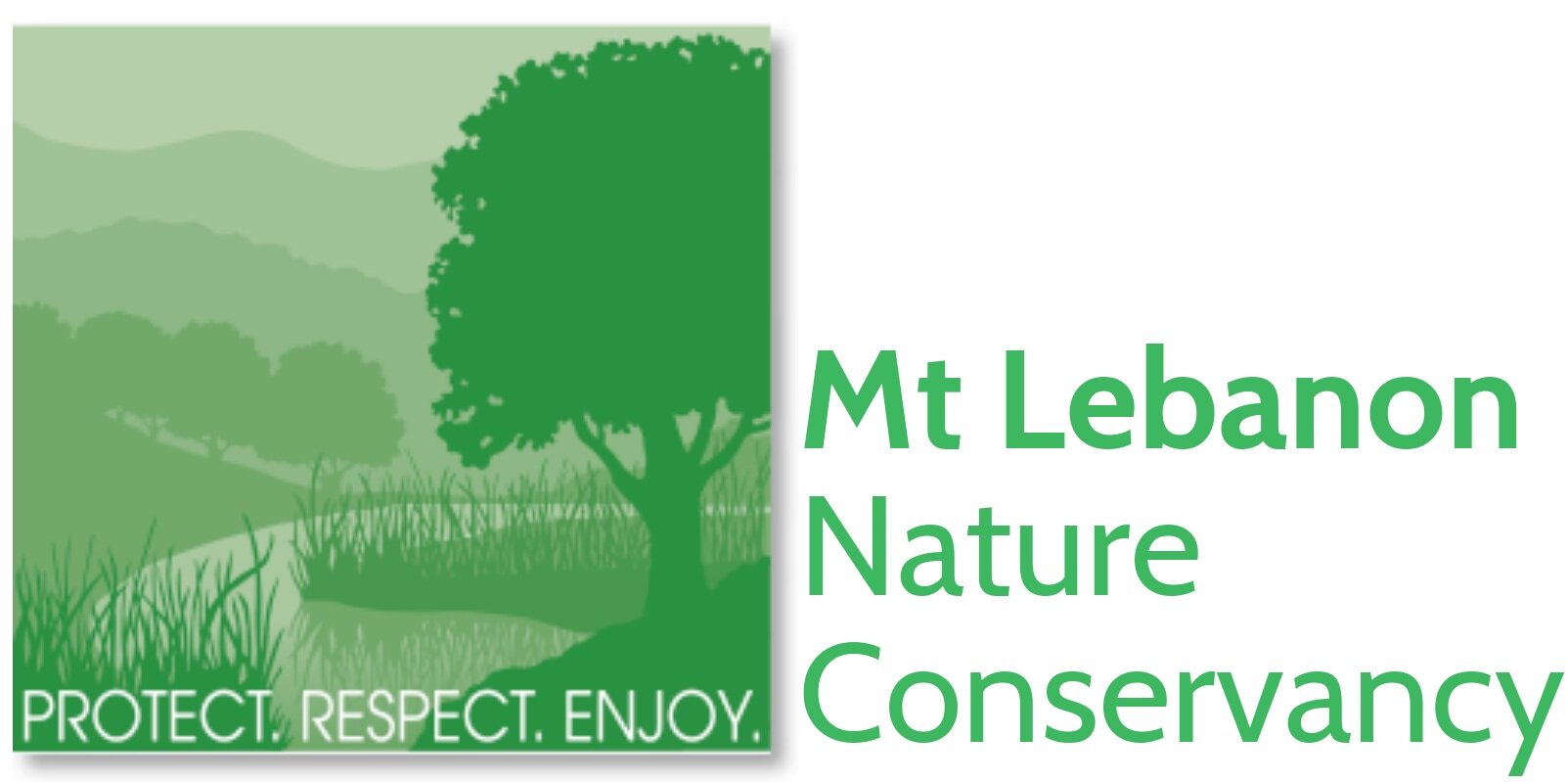SOLD OUT - New York Aster (Aster novi-belgii) $26.25 - 5 plants per strip


SOLD OUT - New York Aster (Aster novi-belgii) $26.25 - 5 plants per strip
Aster novi-belgii (New York Aster)
Description
Aster novi-belgii, commonly known as the New York Aster, is a perennial herbaceous plant belonging to the Asteraceae family. It typically features a clumping growth habit with broad, lanceolate leaves that can grow up to 6 inches long. The flowers are daisy-like, showcasing vibrant hues of purple, blue, pink, or white, with a yellow center. Blooming occurs from late summer to fall, providing a crucial food source for pollinators during this time.
Habitat
This species is native to the eastern United States, often found in meadows, open woods, and along roadsides. It thrives in well-drained soils with good moisture levels and can tolerate various light conditions, ranging from full sun to partial shade.
Growth Conditions
Aster novi-belgii prefers rich, fertile soil and benefits from regular watering during dry spells. It is adaptable to different soil types, including loamy and sandy soils. This species tends to spread through rhizomes, making it a good ground cover choice in garden landscapes.
Cultivation
For gardeners, Aster novi-belgii is relatively easy to cultivate. It can be propagated from seeds, divisions, or cuttings. When planting, it's advisable to space the plants adequately to allow for their natural growth habit. Regular deadheading can promote extended blooming.
Ecological Importance
The New York Aster is an important native plant for various pollinators, including bees, butterflies, and other insects. By incorporating this species into landscapes, gardeners can enhance biodiversity and support local wildlife.
Considerations
While Aster novi-belgii is a beneficial addition to native gardens, it can become invasive in some regions if not managed properly. Gardeners should monitor its spread and implement management strategies to maintain control over its growth in cultivated areas.
Plant Description: Flowers may be pink, purple or white, and bloom in late August and early September. Shear to 6" height in late spring to maintain a more compact blooming season height. Otherwise allow it to grow to its 3-5' full height, and stake it to prevent flopping.
Planting Instructions: This plant likes full sun and medium, well-drained soils. Excellent for pollinator gardens, swales or erosion-prone slopes. Sustains songbirds and pollinators in late summer. Deer resistant.
